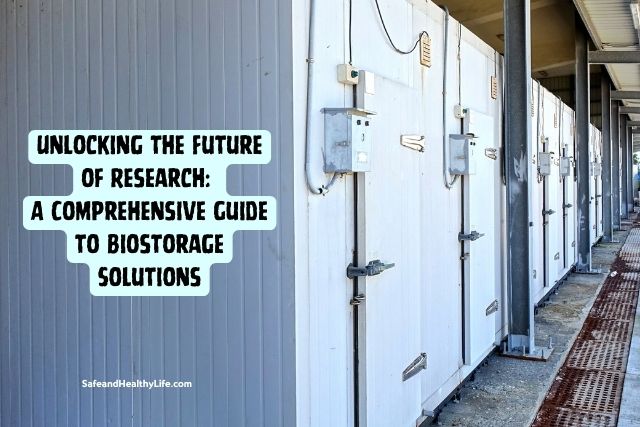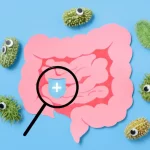
The evolution of Biostorage solutions plays a pivotal role in the advancement of life sciences, pharmaceutical research, and healthcare. While conventional wisdom often overlooks the importance of Biostorage, the truth is, that the way we store biological samples significantly impacts the quality of research outcomes.
As we venture further into this era of personalized medicine and genome mapping, biostorage solutions become increasingly important.
Although previous articles on the subject cover the basics, we go a step beyond by offering you more data, statistics, and insights that may not be so obvious.
The Undeniable Importance of Biostorage: By the Numbers
Before diving into the nitty-gritty, let’s understand the scope of Biostorage through some important statistics:
A report from MarketsandMarkets suggests the global biobanking market is expected to reach $2.9 billion by 2023 to reach $5.0 billion in 2028, growing at a CAGR of 11.4%.
According to a research study by Biopreservation and Biobanking, around 15% of samples in biobanks are unusable due to poor storage conditions.
The World Health Organization (WHO) estimates that up to 50% of vaccines are wasted globally each year, primarily due to inadequate storage solutions. Clearly, there’s much to be optimized in the field of Biostorage.
Types of Biostorage Solutions
While other articles typically focus on general categories like refrigerators, freezers, and liquid nitrogen tanks, we aim to dig deeper:
Mechanical Freezers: Often used for storing samples at temperatures ranging from -20°C to -40°C.
Ultra-low Freezers: Specialized freezers that can go as low as -80°C or even -150°C.
Cryogenic Storage: Utilizes liquid nitrogen to keep samples at extreme temperatures of -196°C.
Automated Storage Systems: Computer-controlled storage solutions that optimize space and improve sample tracking.
The Science Behind Effective Biostorage
The mere act of freezing a sample is not as straightforward as it seems. Studies in the Journal of Applied Biochemistry and Biotechnology point out factors like:
Freezing Rates: Too fast or too slow freezing can rupture cell membranes.
Thawing Protocols: Rapid thawing can lead to condensation and compromise the sample.
Storage Atmosphere: Oxygen levels and moisture can impact the degradation rate.
Compliance and Regulation
Although the FDA and other international bodies provide guidelines for biological storage, these often get updated. For instance, the introduction of the EU General Data Protection Regulation (GDPR) has implications for storing human samples, which most articles don’t cover.
Unique Biostorage Challenges and Innovations
Here are some unique insights that many may overlook:
- Energy Efficiency: With climate change looming, how can Biostorage solutions be energy-efficient and yet effective?
- Remote Monitoring: The COVID-19 pandemic has shown us the importance of remote monitoring capabilities.
- Blockchain for Biostorage: Imagine a world where each sample is tagged with an immutable blockchain record, ensuring traceability and reducing the risk of errors.
The Future: AI and Smart Biostorage
While many articles end with a general nod to technological advancements, let’s be specific. Artificial Intelligence (AI) algorithms can predict optimal storage conditions based on the type of sample, its origin, and its intended use.
Also, with the Internet of Things (IoT), smart Biostorage solutions can autonomously adjust conditions based on real-time monitoring.
Conclusion
Biostorage is not just a necessity but an integral part of the future of research and healthcare.
As we move towards laboratory relocation services and personalized medicine, the value of each sample, and hence the importance of its storage, is immeasurable.
By embracing new technologies and staying updated on regulations, we can ensure that Biostorage solutions are efficient and effective, and pave the way for groundbreaking research.
About The Author:
Stacey Smith is a freelance health writer. She is passionate about writing about women’s health, dental health, diabetes, endocrinology, and nutrition and provides in-depth features on the latest in health news for medical clinics and health magazines.




